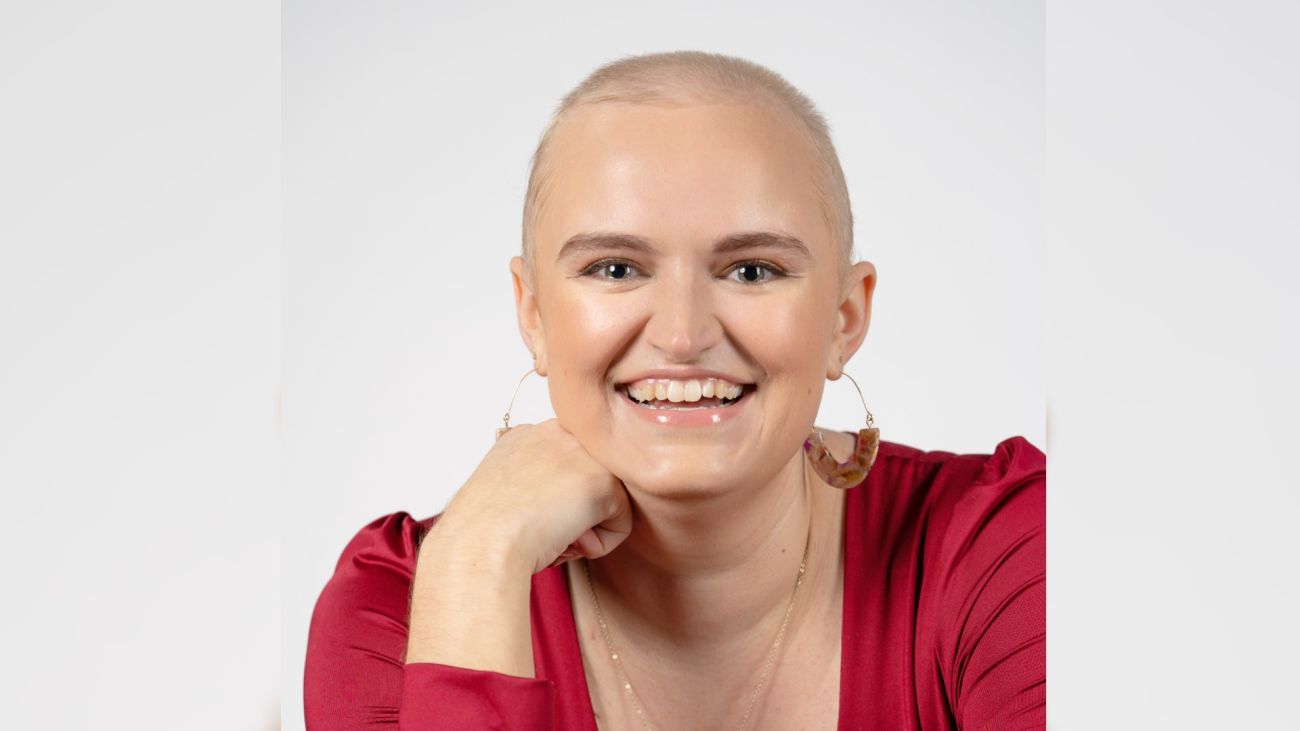Fortunately, treatment advances have led to a steady decline in the number of lymphoma-related deaths. With the right therapy, Hodgkin Lymphoma (HL) is curable in about 85% of patients.
Hodgkin lymphoma can begin in any part of the body, but usually it occurs in the upper body, in lymph nodes under the arms or in the neck or chest. There are two main subtypes: classic Hodgkin lymphoma (cHL) and nodular lymphocyte-predominant Hodgkin lymphoma (NLPHL). (NLPHL is usually managed with the same treatments used for low-grade non-Hodgkin lymphoma (NHL).)
Classic Hodgkin Lymphoma (cHL)
Hodgkin lymphoma is diagnosed in approximately 9,060 people in the United States each year, and about 95% of those cases are classified as Classic Hodgkin lymphoma (cHL). A particular type of abnormal cell, the Reed-Sternberg cell, is present only in cHL. Nodular lymphocyte-predominant Hodgkin lymphoma (NLPHL) and non-Hodgkin lymphoma do not have these distinctive cells, which are larger than normal.
Four main subtypes of cHL
- Nodular sclerosing Hodgkin lymphoma (NSCHL). The most common type of Hodgkin disease, NSCHL usually begins in lymph nodes in the chest or neck. It occurs mostly in teenagers and young adults.
- Mixed cellularity Hodgkin lymphoma (MCCHL) usually begins in the upper body. It affects mostly people who are HIV-positive, but it can occur in children and older people.
- Lymphocyte-rich Hodgkin lymphoma usually begins in the upper body, but it tends to be present in only a few lymph nodes.
- Lymphocyte-depleted Hodgkin lymphoma usually begins in the abdomen or in the bone marrow, liver or spleen. It affects mostly the elderly and people who are HIV-positive. It tends to be diagnosed in the late stages.
Classic Hodgkin lymphoma treatment options
- Chemotherapy (sometimes combined with radiation)
- Radiation (sometimes combined with chemotherapy)
- Bone marrow transplant (if the disease does not respond to chemotherapy/radiation); also called stem cell transplant
- Immunotherapy
- Clinical trials
Nodular lymphocyte-predominant Hodgkin lymphoma (NLPHL)
Five percent of Hodgkin lymphoma cases fall into the category of nodular lymphocyte-predominant Hodgkin lymphoma (NLPHL). It usually begins in lymph nodes under the arm or in the neck.
It’s identified by the presence of large lymphocytic and histiocytic (L&H) cells, which are sometimes called “popcorn cells” because of their shape. It grows more slowly than classic Hodgkin lymphoma.
NLPHL is treated differently from classic Hodgkin lymphomas, usually with agents commonly used to treat slow-growing forms of NHL.
